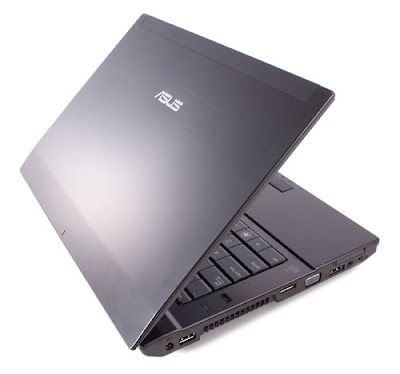
The HP Pavilion p6787c-b ($1,149 with two monitors at Costco) is in a category of one: It's the only dual-monitor desktop system that's available in a big box retail store. People who do a lot of multitasking, especially when working with digital media (photos, videos, music) will enjoy the extra room for toolbars, extra wide documents, or even HD video playback while you're working in the other monitor.
Design and Features
The p6787c-b is a variation of the HP Pavilion p6700 series we've seen before. It's a tower PC with room to expand, but the looks are a little different. The front panel is metallic gray instead of the glossy black we've seen on previous HP desktops, though the sides are still matte black. The front panel slides down to expose two USB 2.0 ports and audio jacks, and there are bays for two optical drives below the 15-in-1 digital media card reader. On the back, there are 4 more USB 2.0 ports, one FireWire port, more audio jacks, a digital audio port, and an HDMI and DVI port (on the ATI Radeon HD 6450 graphics card). Notably missing are eSATA and USB 3.0 ports, which would be important to a multimedia enthusiast or digital artist since these interfaces are much faster than the included USB 2.0 and FireWire interfaces when transferring large files.
Inside the chassis is a decent amount of space, though, some expansion slots are filled. The desktop's 4 RAM slots are filled by the included 8GB of memory, which you probably won't need to upgrade anytime soon. An ATI Radeon HD 6450 graphics card occupies the sole PCIe x16 slot. On the other hand, there are three PCIe x1 slots available, as well as space for two more hard drives and an optical drive. If you're into collecting movies, you'll probably have to install a Blu-ray drive in the open slot: the p6787c-b's single optical drive is a DVD burner. The desktop has a 250W power supply, plenty for the ATI Radeon HD 6450 and a few internal drives, but you won't be able to put a new gaming-class Nvidia GeForce GTX 590 in this system (nor would you want to).
So let's get to the reason why this system is cool: dual-monitor support. People that use two (or more) monitors at work can tell you that more than one screen can help the mutlitasker get more done. You want to surf and watch Hulu at the same time? Sure, put Hulu on one screen and the browser in the other. You want to edit a six-page-wide spreadsheet? Go for it. You can set one screen up to be your workspace in Photoshop and the other for just your toolbars and IM program. You can even watch a 1080p HD streaming film on one screen while doing work on the other.
Specifications
- Type
- Mainstream, Multimedia
- Processor Family
- AMD Phenom II
- RAM
- 8 GB
- Storage Capacity (as Tested)
- 1500 GB
- Graphics Card
- AMD Radeon HD 6450
- Primary Optical Drive
- Dual-Layer DVD+/-RW
- Operating System
- Microsoft Windows 7 Home Premium
- SOURCE: www.pcmag.com













